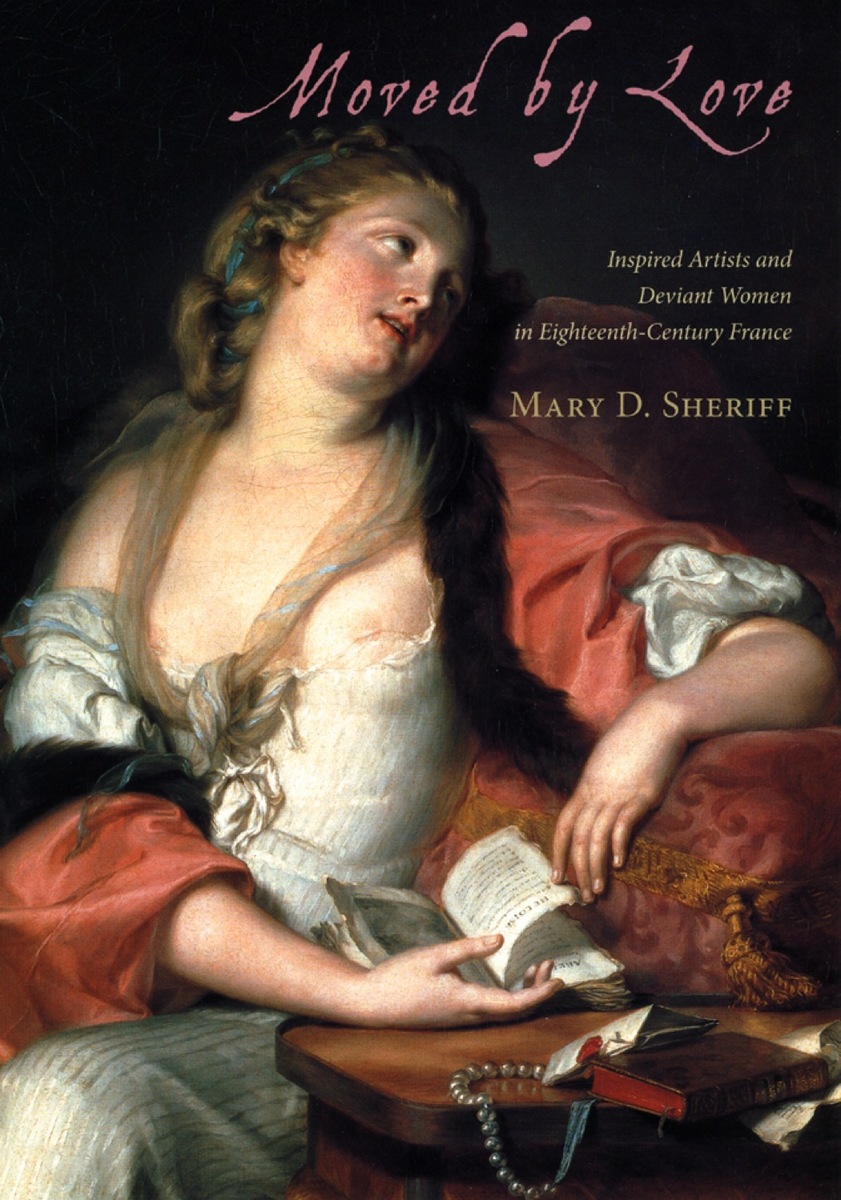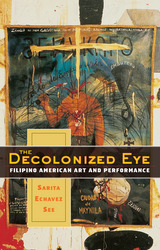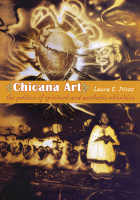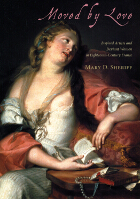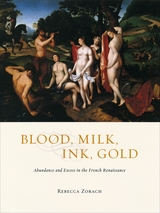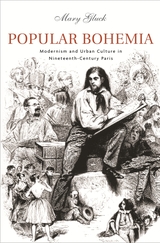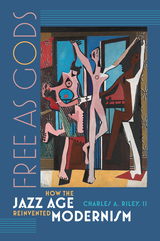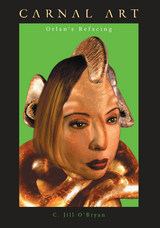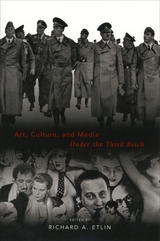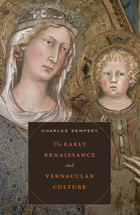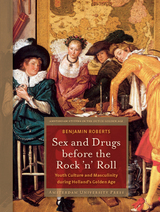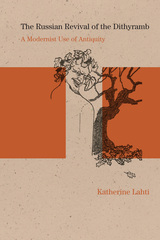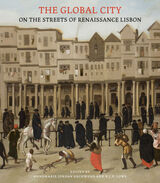Moved by Love: Inspired Artists and Deviant Women in Eighteenth-Century France
University of Chicago Press, 2004
Cloth: 978-0-226-75287-7 | Paper: 978-0-226-75288-4 | eISBN: 978-0-226-75284-6
Library of Congress Classification NX549.A1S49 2004
Dewey Decimal Classification 700.820944
Cloth: 978-0-226-75287-7 | Paper: 978-0-226-75288-4 | eISBN: 978-0-226-75284-6
Library of Congress Classification NX549.A1S49 2004
Dewey Decimal Classification 700.820944
ABOUT THIS BOOK | AUTHOR BIOGRAPHY | REVIEWS | TOC | REQUEST ACCESSIBLE FILE
ABOUT THIS BOOK
In eighteenth-century France, the ability to lose oneself in a character or scene marked both great artists and ideal spectators. Yet it was thought this same passionate enthusiasm, if taken to unreasonable extremes, could also lead to sexual deviance, mental illness—even death. Women and artists were seen as especially susceptible to these negative consequences of creative enthusiasm, and women artists, doubly so.
Mary D. Sheriff uses these very different visions of enthusiasm to explore the complex interrelationships among creativity, sexuality, the body and the mind in eighteenth-century France. Drawing on evidence from the visual arts, literature, philosophy, and medicine, she portrays the deviance ascribed to both inspired men and women. But while various mythologies worked to normalize deviance in male artists, women had no justification for their deviance. For instance, the mythical sculptor Pygmalion was cured of an abnormal love for his statue through the making of art. He became a model for creative artists, living happily with his statue come to life. No happy endings, though, were imagined for such inspired women writers as Sappho and Heloise, who burned with erotomania their art could not quench. Even so, Sheriff demonstrates, the perceived connections among sexuality, creativity, and disease also opened artistic opportunities for creative women took full advantage of them.
Brilliantly reassessing the links between sexuality and creativity, artistic genius and madness, passion and reason, Moved by Love will profoundly reshape our view of eighteenth- century French culture.
Mary D. Sheriff uses these very different visions of enthusiasm to explore the complex interrelationships among creativity, sexuality, the body and the mind in eighteenth-century France. Drawing on evidence from the visual arts, literature, philosophy, and medicine, she portrays the deviance ascribed to both inspired men and women. But while various mythologies worked to normalize deviance in male artists, women had no justification for their deviance. For instance, the mythical sculptor Pygmalion was cured of an abnormal love for his statue through the making of art. He became a model for creative artists, living happily with his statue come to life. No happy endings, though, were imagined for such inspired women writers as Sappho and Heloise, who burned with erotomania their art could not quench. Even so, Sheriff demonstrates, the perceived connections among sexuality, creativity, and disease also opened artistic opportunities for creative women took full advantage of them.
Brilliantly reassessing the links between sexuality and creativity, artistic genius and madness, passion and reason, Moved by Love will profoundly reshape our view of eighteenth- century French culture.
See other books on: Arts, French | Creation (Literary, artistic, etc.) | Eighteenth - Century France | Sheriff, Mary D. | Themes, motives
See other titles from University of Chicago Press
